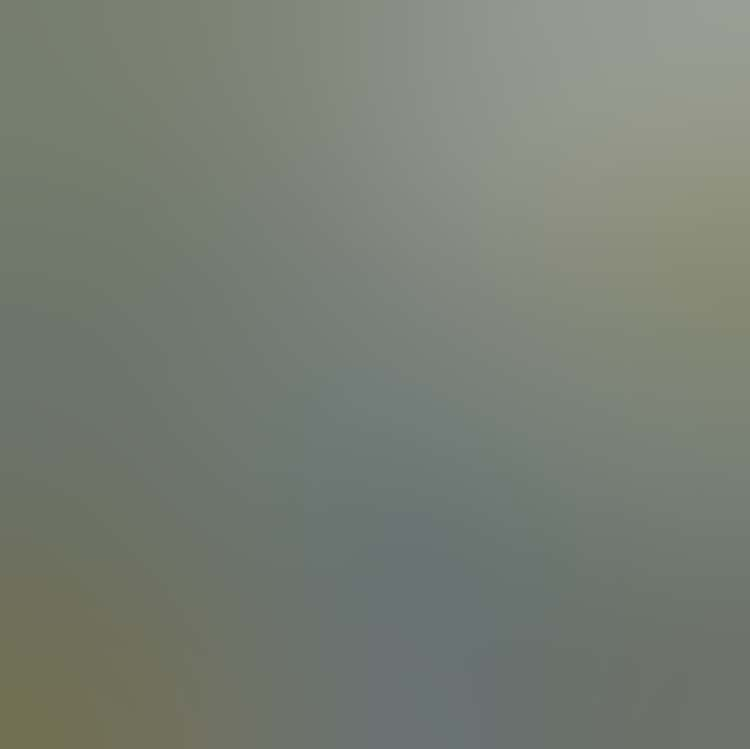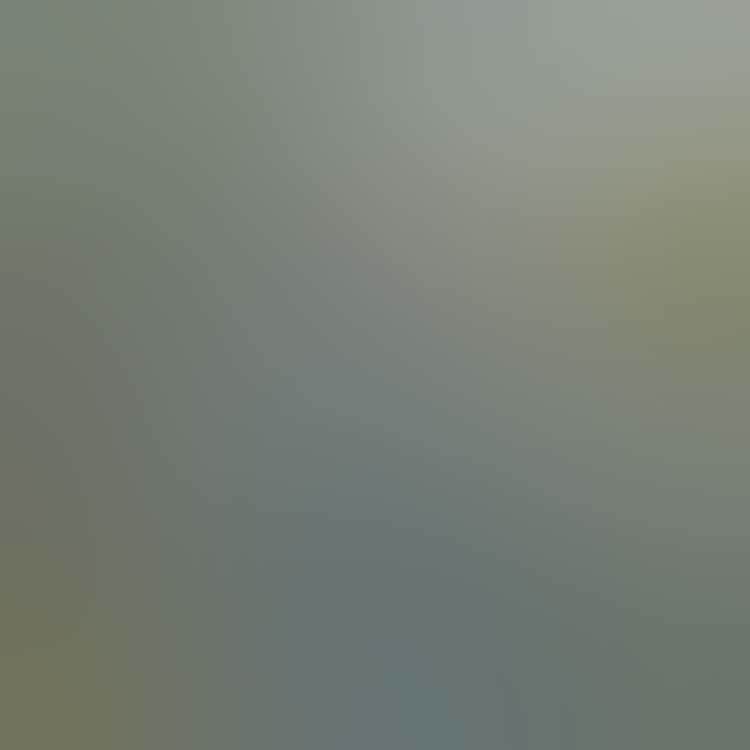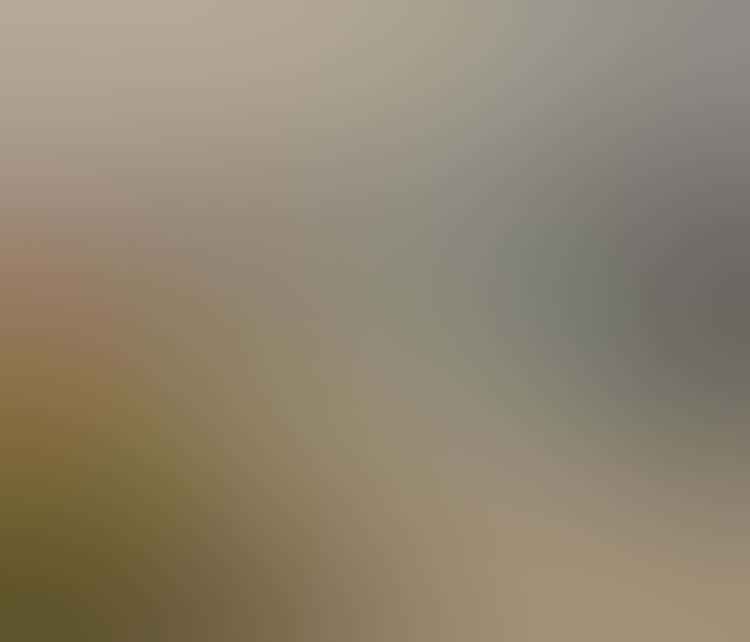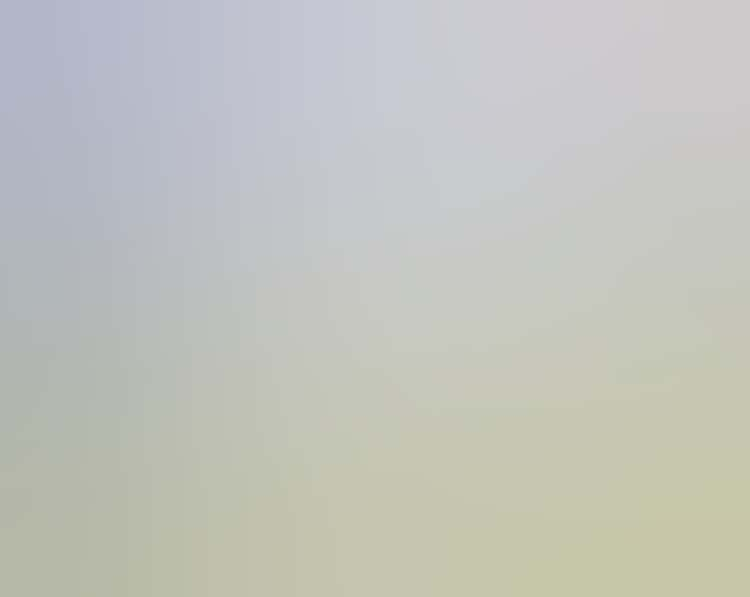How the bringing together of extremes—the countryside as a whole and the bustle here [in the city]—gives me new ideas.
—Vincent van Gogh, letter dated around January 2, 1886
Between 1882 and 1890, five artists—Vincent van Gogh, along with Georges Seurat, Paul Signac, Emile Bernard, and Charles Angrand—flocked to villages on the fringes of Paris. Unlike the earlier Impressionists, who in the previous decade had spent significant time in suburban locations further from the city, this next generation of ambitious artists preferred the northwestern suburbs around Asnières. This area along the Seine River had long been a popular spot for recreation and relaxation but was becoming increasingly populated with coal, gas, and manufacturing facilities in the last decades of the 19th century. And while its industrial development was an unappealing aspect to many, these artists found in the changing physical and social landscape a fresh and rich source of creativity, as Van Gogh’s letter indicates.
Visiting Van Gogh and the Avant-Garde
Get tips on getting your tickets in advance, joining the exhibition’s virtual line, and visiting during less busy times. Learn more.
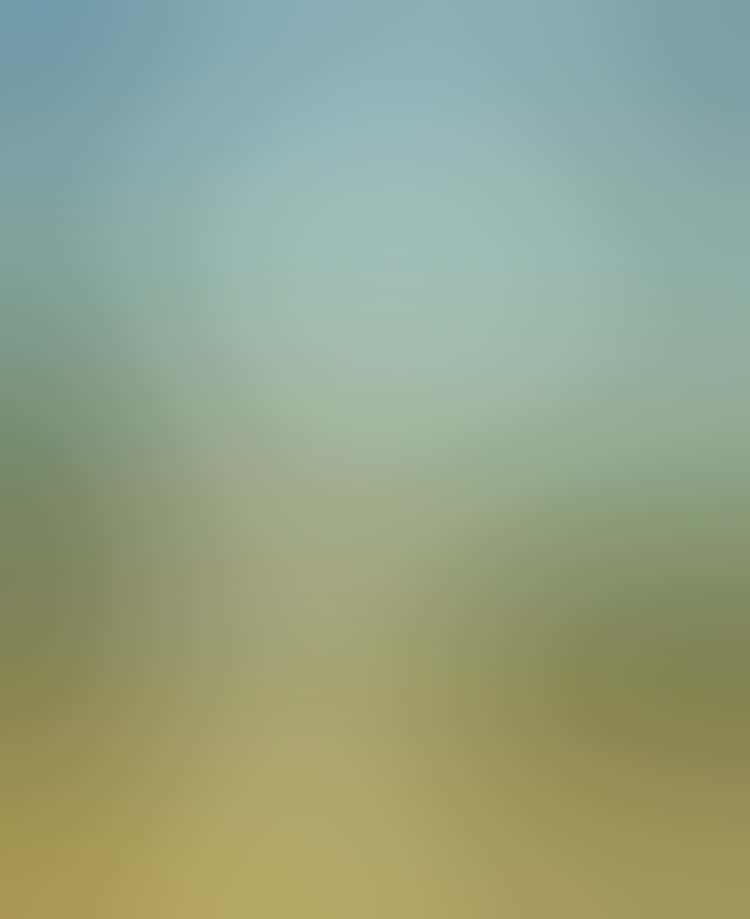
The Restaurant Rispal at Asnières, 1887
Vincent van Gogh. The Nelson-Atkins Museum of Art, Kansas City, Missouri, Gift of Henry W. and Marion H. Bloch, 2015.13.10. Photo courtesy Nelson-Atkins Media Services, Jamison Miller
The area’s visual vocabulary—its bridges, embankments, factories, parks, and villages—along with its sunlight, water, and brilliant natural color prompted intense experimentation. Each artist explored the use of discrete brushstrokes and strong colors in innovative ways, and in turn developed novel styles of painting. Seurat and Signac began applying contrasting colors in unblended strokes (Divisionism). They then pioneered the use of small dots of complementary colors (Pointillism) to achieve an optical mixture in the viewer’s eye. Bernard, having reached the limits of these two styles, experimented with laying out large swathes of bold color defined by dark contours (Cloisonnism) in the last years of the decade. Van Gogh and Angrand followed the developments of Seurat and Signac, absorbing many of these approaches into their later painting styles.
More than 75 paintings and drawings from this intensely creative period—many from private collections and rarely publicly displayed—come together for this insightful presentation. Among them are 25 works by Van Gogh, including paintings from all three triptychs that he executed in these suburbs. Uniting these outstanding works in this exhibition not only sheds new light on the boundary-pushing techniques Van Gogh and his fellow painters developed during this time, but it also illuminates the power of place to inspire—to encourage pioneering work, launch career-changing ideas, and shape artistic identities.
Van Gogh and the Avant-Garde: The Modern Landscape is organized by the Art Institute of Chicago and the Van Gogh Museum, Amsterdam.
This exhibition is curated by Jacquelyn N. Coutré, Eleanor Wood Prince Associate Curator, Painting and Sculpture of Europe, at the Art Institute of Chicago, and Bregje Gerritse, researcher at the Van Gogh Museum, Amsterdam, with the assistance of Jena K. Carvana, curatorial associate in Painting and Sculpture of Europe at the Art Institute of Chicago.
CATALOGUE
The exhibition is accompanied by a handsomely illustrated catalogue with scholarly essays on each of the five avant-garde artists as well as a map detailing the locations where the artists painted. Learn more.
Sponsors
Lead support for Van Gogh and the Avant-Garde: The Modern Landscape is generously provided by
THE KENNETH C. GRIFFIN CHARITABLE FUND
Lead foundation support is generously contributed by the Harris Family Foundation in memory of Bette and Neison Harris.
Major support is provided by the Shure Charitable Trust, the Jentes Family, the Pepper Family Foundation, Julie and Roger Baskes, The Manitou Fund, and Margot Levin Schiff and the Harold Schiff Foundation.
Additional funding is provided by the Jack and Peggy Crowe Fund, the Suzanne and Wesley M. Dixon Exhibition Fund, and The Regenstein Foundation Fund.
Members of the Luminary Trust provide annual leadership support for the museum’s operations, including exhibition development, conservation and collection care, and educational programming. The Luminary Trust includes an anonymous donor, Karen Gray-Krehbiel and John Krehbiel, Jr., Kenneth C. Griffin, the Harris Family Foundation in memory of Bette and Neison Harris, Josef and Margot Lakonishok, Robert M. and Diane v.S. Levy, Ann and Samuel M. Mencoff, Sylvia Neil and Dan Fischel, Cari and Michael J. Sacks, and the Earl and Brenda Shapiro Foundation.
This exhibition is supported by an indemnity from the Federal Council on the Arts and the Humanities.
